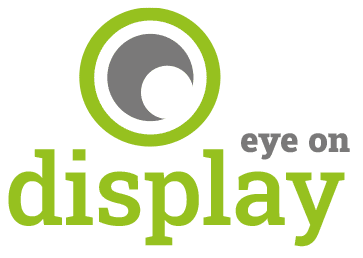We are a small run outfit which have set up in order to try and help small shops and hobbyists get their prints back quicker without a huge expense even though we are capable of larger runs for higher turnover companies.
Print amounts start at just one metre per a design.
Pigment printing onto naturals:
Our aim is to keep evolving and adapting to be as environmentally friendly as possible so a major factor for any decision we make is sustainability and what impact will we have on the environment during the start to finish process. This saw us change the way we print in 2021. We now use child safe water based pigment inks instead of reactive dyes so there is now zero water used in the processing and the energy being used is a fraction of the amount that you use from the post process steaming and washing to fix the dyes truly and successfully to the fabrics.
What does this mean?
The amount of energy and water used in reactive printing is far beyond our ethos and can be up to 140,000 watts per an hour on a loop steamer. Steamers can use a lot of water for the process in a large proffessional run enviroment but for a bullet steamer (an upright cylinder type for very small runs) can use between 3-10 litres for 30 minutes session. For example, we built our own 2 bullet steamers which could steam 15m each and we managed to get water usage down to around 2 litres per session through adaption along with trial and error.
For a small run system using an adequate wash line and chemicals to successfully remove excess dyes from the fabrics without the dye returning to the fabric will use 600+ litres of water an hour. You can not successfully achieve a proffessional finished result with wachines machines alone using just a non bio detergent, even if you washed them for over 6 hours, especially with darker prints, with no wastage. We have been there.
Our eviromentally friendly pigment printing comes at a cost with some designs. The saying “you cant have it all ways” really does apply to textile printing. Because of this some darker colours, blacks and brighter out of gamut range colours for our printers may not be as deep, bright and bold with certain designs in their appearance. Really bright and dark colours may also have what ive heard people call “a washed out effect” as they are pulled back to the nearest colour printable. Depending on the lighting, solid black backgrounds can look really dark grey or even have a cmyk washed out hazed effect as to can some really darker colours as solid backgrounds. This is due to the light reflecting off the fabric as pigments inks are a surface print rather than a dye. With reactive printing the dyes can get drawn into the fabric slightly further due to the chemical coated fabric during steaming at 102-105 degrees which is the “reactive” part. This is also where the vibrancy happens with reactive printing.
Colours and replication from screen to fabric.
Its handy to know that RGB colours you can see on your LED backlight screen may not be able to be replicated fully on physical print. We have found with our new system colours chosen nearer CMYK colour gamut have a better chance of replicating well, even though we have an sRGB printer so it can push the boundaries well past CMYK. We also never massively over saturate the files, like many overseas printers do, unless requested. I own a Samsung S8 which really saturates the images I view (its called Vivid View and comes as the default display) to the point where it actually changes the colours of the designs a lot of the time. Please check on a PC or non MAC laptop so you can see how your design may turn out. We are really easy to talk to so if in any doubt about anything please just ask us.
We also offer sublimation printing.
Dye sublimation printing is what is needed for man-made fibres. The majority of the mix of fibres needs to be man-made for the dyes to adhere to the fabrics. The higher the higher the content of man-made fibre involve the higher the colour yield will be. This process will be used for items such as active wear, swim appropriate fabrics, softshell and scuba to name a few. It is also the process that will be used for our blackout blinds as well as the majority of other home furnishings that will be here around mid May 2023. This system uses the absolute bare minimum of energy and all the paper that the dyes are initially printed on to is 100% recyclable. The inks are also water based and OEKO-TEX standard.
We highly recommend that if you are use to printing cottons overseas (this includes third party UK PYO companies) that you do a test metre or swatch first to check the results due to the previous paragraph.






